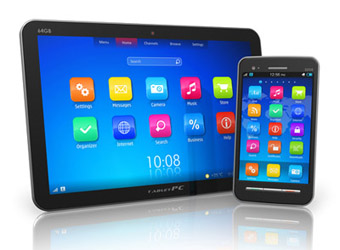Smartphones more widespread than thought: 68% today, 92% by 2017
Share

Smartphone penetration among 15 to 65 year old Australians is higher than widely reported, according to Frost and Sullivan, having already reached 68% and forecast to hit 92% by 2017.
The business analyst’s ‘Australian Mobile Device Usage Trends’ study found that, as of July, penetration of the device surpassed the two-thirds mark among people of the age range attractive to marketers. At an overall population level, Frost & Sullivan puts penetration at 41%.
Senior research manager at Frost & Sullivan, Phil Harpur, says smartphone use has well and truly reached a critical mass, and will continue to march towards near universal ownership levels. “Smartphone penetration in Australia is expected to continue to increase [to the point] where in two to three years time, the vast majority of Australians aged 15 to 65 will own one,” Harpur says.
Accessing the weather, using maps, checking social media and personal email, playing games and purchasing apps, are an intrinsic part of smartphone usage, the study found. Watching short video clips on sites like YouTube, and searching for jobs, houses to rent or cars to buy are also now mainstream activities as users fill in ‘dead’ time, such as commuting or waiting around.
Other studies place uptake of the device somewhere between the two points Frost & Sullivan released for 15 to 65 year olds and the overall population. Data from Kantar’s ongoing study of 10,000 Australian phone owners aged over 16 years put the mark at 59% in July, while studies conducted earlier in the year among teens and adults by Nielsen and TNS place it at around 52%.
Tablet ownership has also reached significant levels, spurred by more manufacturers entering the market at lower price points, Frost & Sullivan added. One in five aged between 15 and 65 currently own a tablet and 33% of all Australian households have at least one member who owns a tablet.
“Tablets are fundamentally changing user behaviour patterns with 55% of tablet owners indicating that using a tablet has significantly or moderately reduced the amount of time they surf the internet on a PC or laptop. Tablet ownership is expected to continue to grow strongly over the next few years, increasing from 13% in 2012 to 29% in 2017,” Harpur says.














